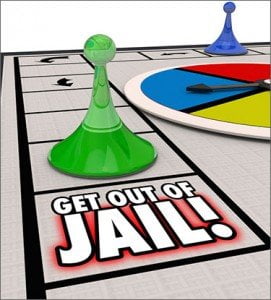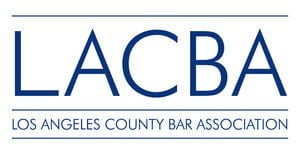Probation vs. Parole Differences
Probation and parole are both alternatives to time spent behind bars and seek to balance the offender’s opportunity for rehabilitation with the importance of public safety.

While they both serve somewhat similar functions, they are fundamentally different.
Probation and parole are both alternatives to time spent behind bars, and while they both serve somewhat similar functions, they are fundamentally different. At the core, both probation and parole seek to balance the offender’s opportunity for rehabilitation with the importance of public safety.
Probation
Probation is a period of supervision instead of incarceration in county jail or state prison. In some cases, judges may suspend a jail sentence and give the offender the opportunity to demonstrate their desire to rehabilitate without serving any time at all. If the offender fulfills all of the conditions of his or her probation, they don’t have to serve any time in jail or prison. In other cases, judges will sentence offenders to a short term in jail plus a period of probation to follow. Probation lengths typically vary between one and ten years, depending upon the nature of the offense and other factors.
While on probation, the offender must meet certain conditions. Any violations of these conditions can result in probation revocation (cancellation) and incarceration. Among the most common conditions are:
Seeking and maintaining approved employment.
Attending school.
Participating in substance abuse, anger management, parenting, domestic abuse, or some other type of counseling.
Paying fines, court costs, attorney fees, and/or restitution to victim(s).
Adhering to specific rules of conduct.
Abiding by a curfew.
Participating in drug testing as required.
Staying away from certain people or avoiding gang affiliation.
Not committing any other crimes.
Summary probation (called ‘informal probation’ in Orange County and ‘summary probation’ in Los Angeles County) does not require any check-ins. Formal probation – also called ‘reporting probation’ – requires check-ins (usually monthly) with a probation officer (PO). The PO monitors the probationer’s progress and provides regular reports to the judge to inform of any rule violations or other failures to abide by the conditions ordered.
If probation is revoked, the offender returns to court for their final sentencing, during which they may be sent to jail or prison. If the offender was originally given a suspended sentence, then they may be sent to jail or prison to serve the full sentence.
Parole
Parole is conditional early release from incarceration, allowing a parolee to serve the remainder of their sentence in the community. One of the purposes of parole is to assist the offender with their reintegration into society, which can be quite challenging after long periods of incarceration.
The opportunity for parole is largely determined by the offender’s conduct while in prison. Unlike probation, which is granted and/or modified at the discretion of the trial judge, determination and administration of parole is handled by a parole board. In California, the Board of Parole Hearings (BPH) is responsible for all parole matters.
Similar to probationers, parolees also must meet certain conditions. Parolees report to a parole officer who monitors their progress. If an offender fails to comply with the conditions of parole, the supervising officer can file a report with the BPH that may lead to revocation of the offender’s parole and a return to prison to serve some or all of their remaining sentence.









